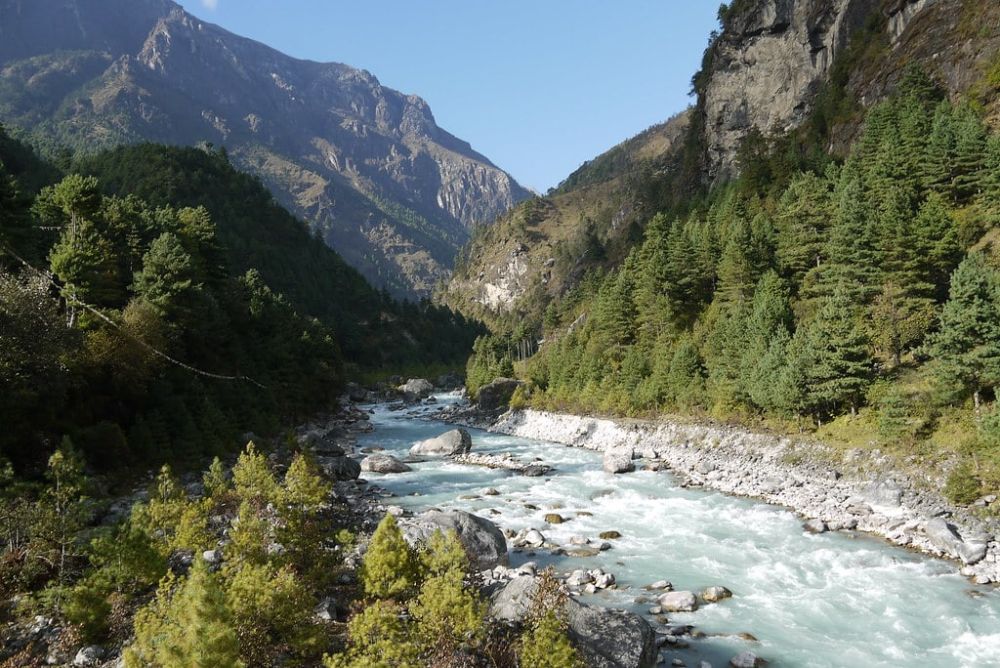

The Kosi River winds through the picturesque landscapes of the Kumaon region in Uttarakhand, India, and is an integral part of the ecosystem of the renowned Jim Corbett National Park. The river is not just a lifeline for the flora and fauna of the area but also a cornerstone for the region's tourism industry.
Jim Corbett National Park, established in 1936 as Hailey National Park, is the oldest national park in India and is named after the legendary British hunter and naturalist, Edward James Corbett. The park's original purpose was to offer refuge to the endangered Bengal tiger, and it was among the first regions to come under the Project Tiger initiative in 1973.
Tourism in the area began as a pursuit of adventure and wildlife photography, primarily driven by the park's reputation for tiger spotting. Thanks to improved conservation efforts and the allure of its rich biodiversity, the region emerged as a coveted destination for nature enthusiasts and wildlife scholars. Over the years, the tourism infrastructure developed, with the establishment of resorts, hotels, and guided safari tours.
The Kosi River, with its serene flow and clear waters, has always played a pivotal role in attracting tourists to the area. The riverbanks are considered prime locations for wildlife sightings, as many animals visit the river to quench their thirst. The presence of the river enhances the biodiversity of the region, making it a hub for bird watchers and wildlife photographers.
In the context of adventure tourism, the Kosi provides opportunities for river rafting and angling, particularly during the non-monsoon months when the current is moderate, and the water levels are safe for such activities.
Initially, the tourism facilities around Kosi River were minimal and mostly consisted of campsite accommodations. However, as eco-tourism gained popularity, several eco-friendly resorts began taking root along the river's periphery, offering sustainable lodging options to tourists while ensuring minimal ecological impact.
In recent years, responsible tourism has become a significant trend in the Jim Corbett area. Visitors are increasingly aware of their environmental responsibility and prefer accommodations that emphasize conservation. Moreover, experiences that offer cultural insights into the lives of local communities through village tours and participation in local festivals are also gaining traction.
Additionally, wellness tourism is on the rise. Many resorts along the Kosi River now feature specialized wellness retreats that include yoga, meditation, and spa treatments, capitalizing on the tranquil surroundings and the river's calming influence.
With the current global situation, safety-oriented travel has become a priority, with tourists opting for destinations that have strict health and safety protocols in place. As a response, establishments around Jim Corbett and the Kosi River have adapted by implementing measures such as contactless services and enhanced cleanliness standards.
The Kosi River remains the heart of tourism in Jim Corbett, offering an exceptional experience to those seeking adventure, serenity, and a deep connection with nature. With its rich history and continuously evolving tourism landscape, it stands as a testament to the coexistence of conservation efforts and tourism development in one of India's most treasured natural havens.